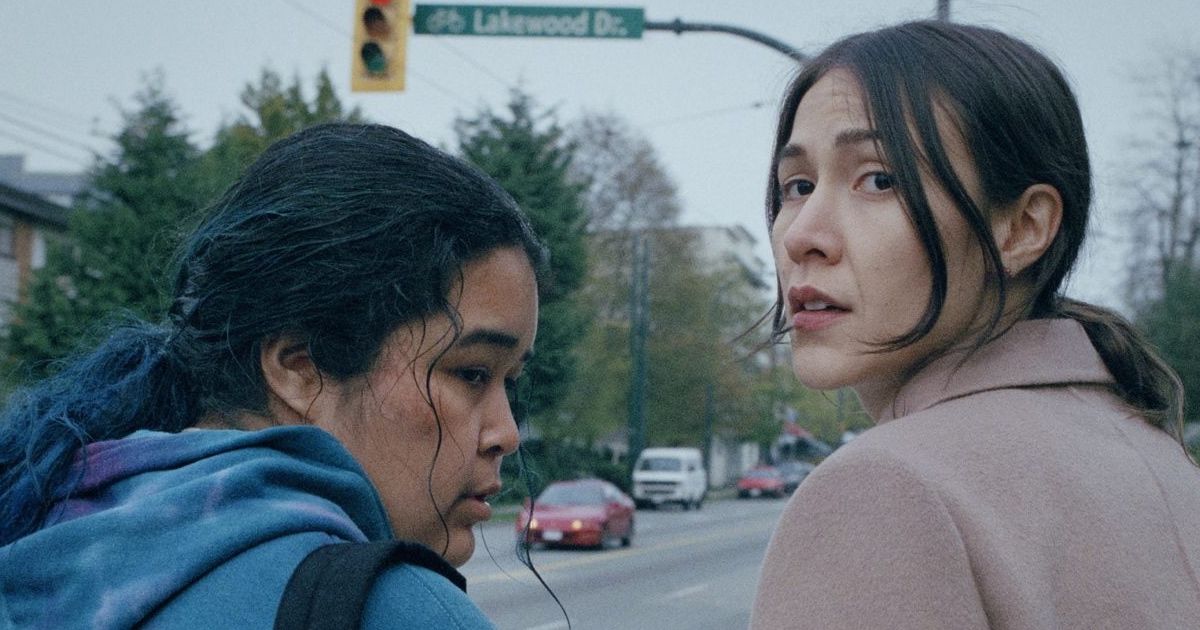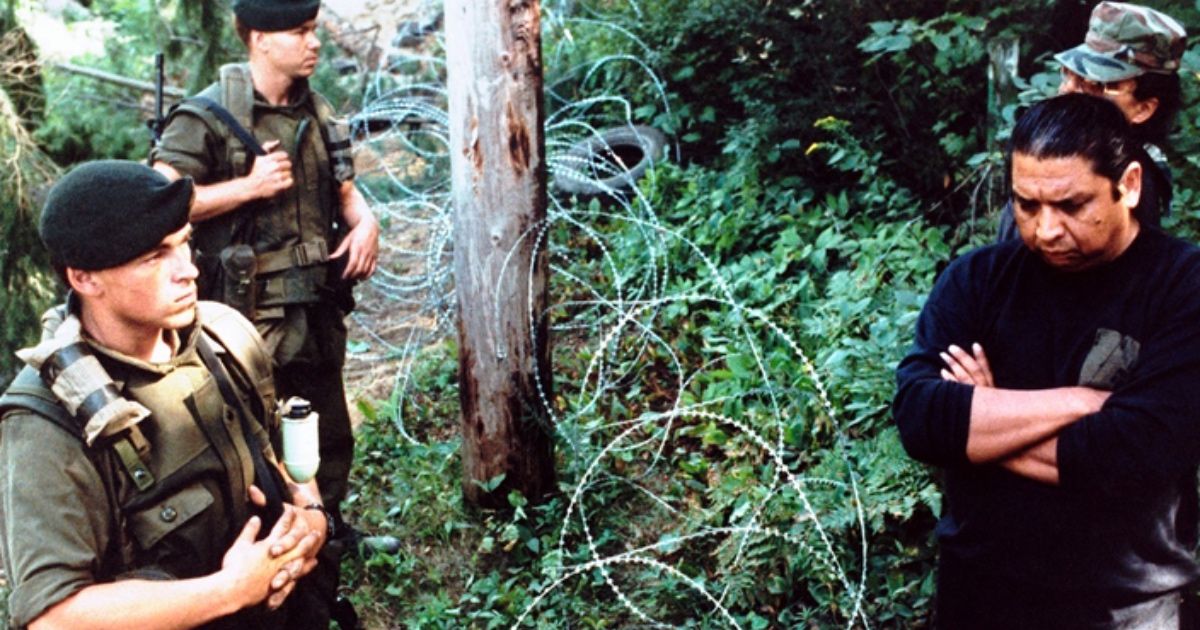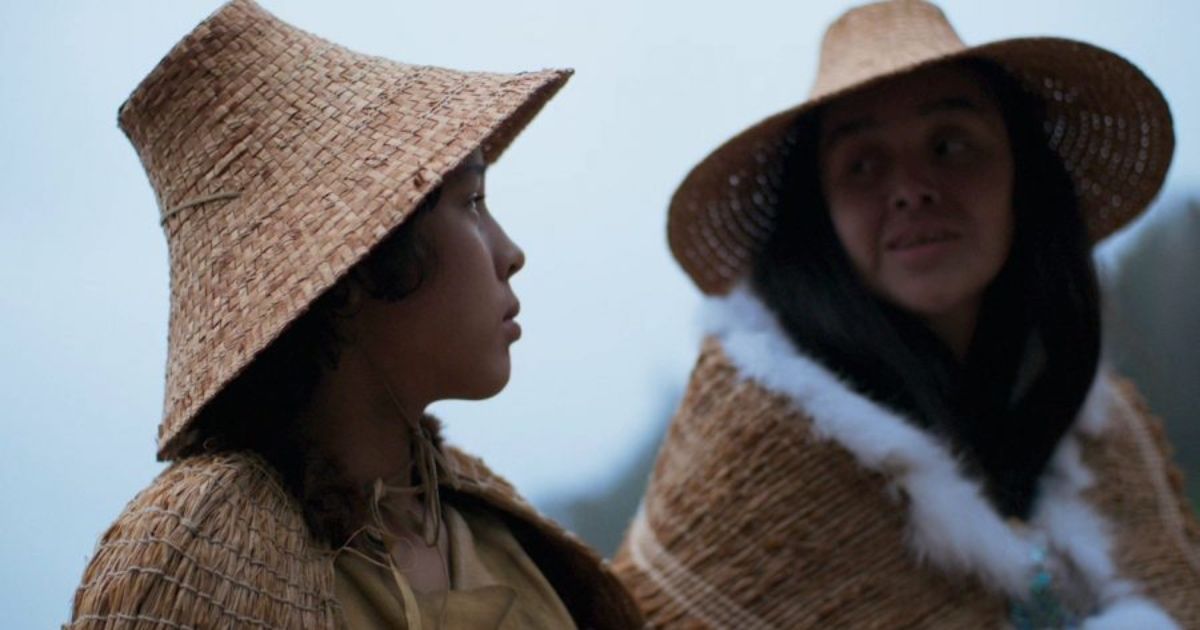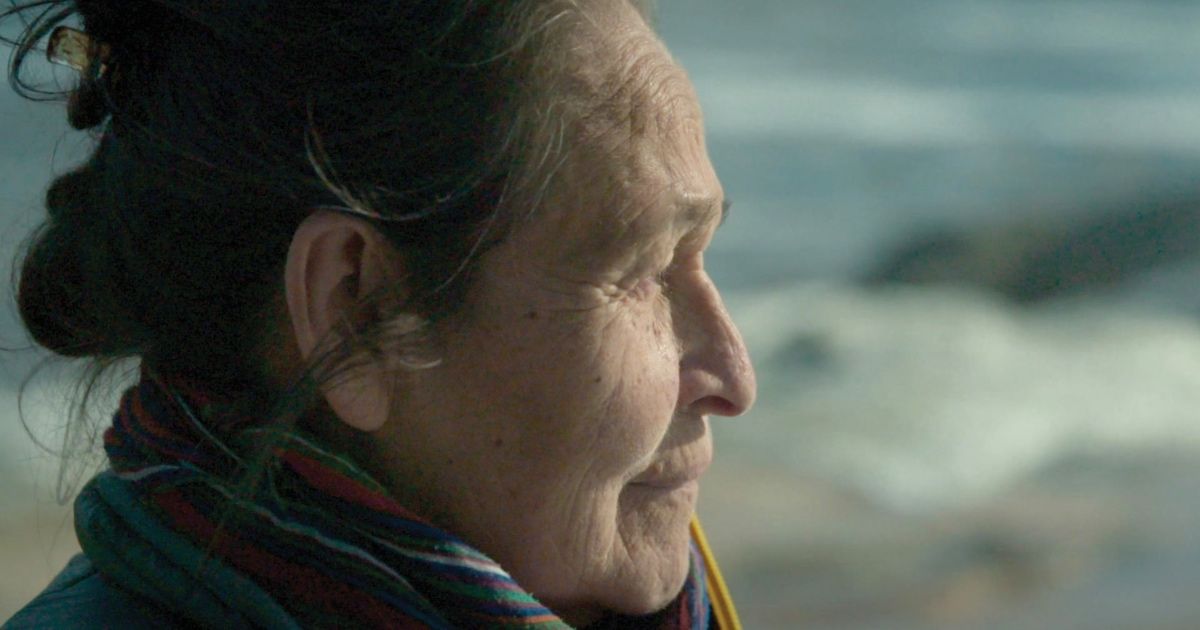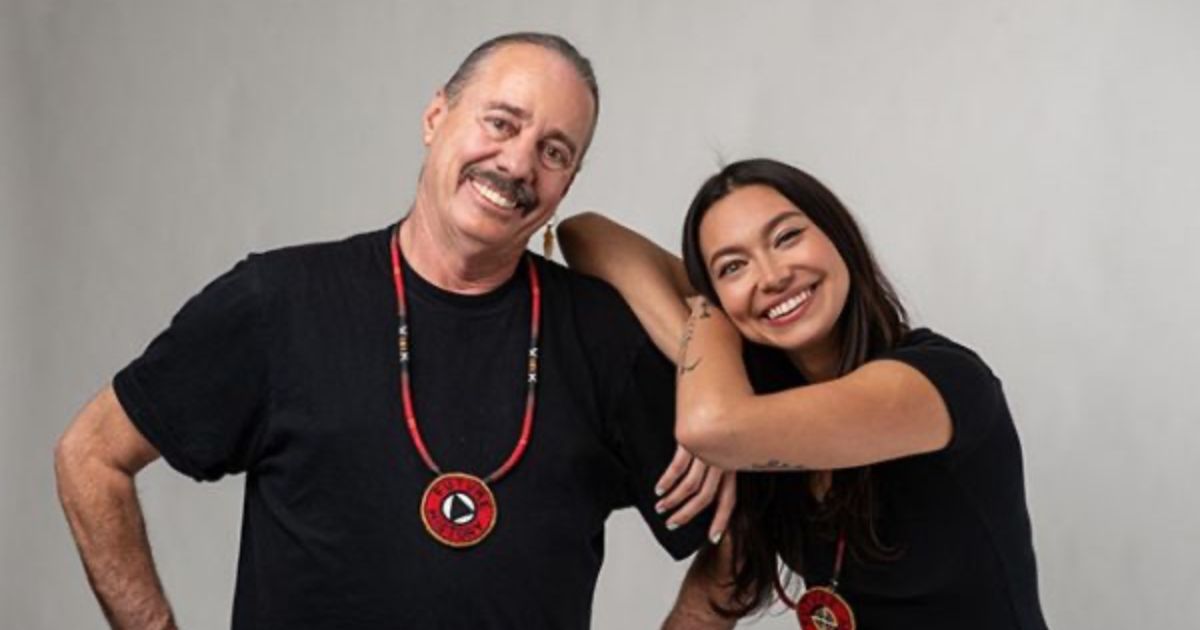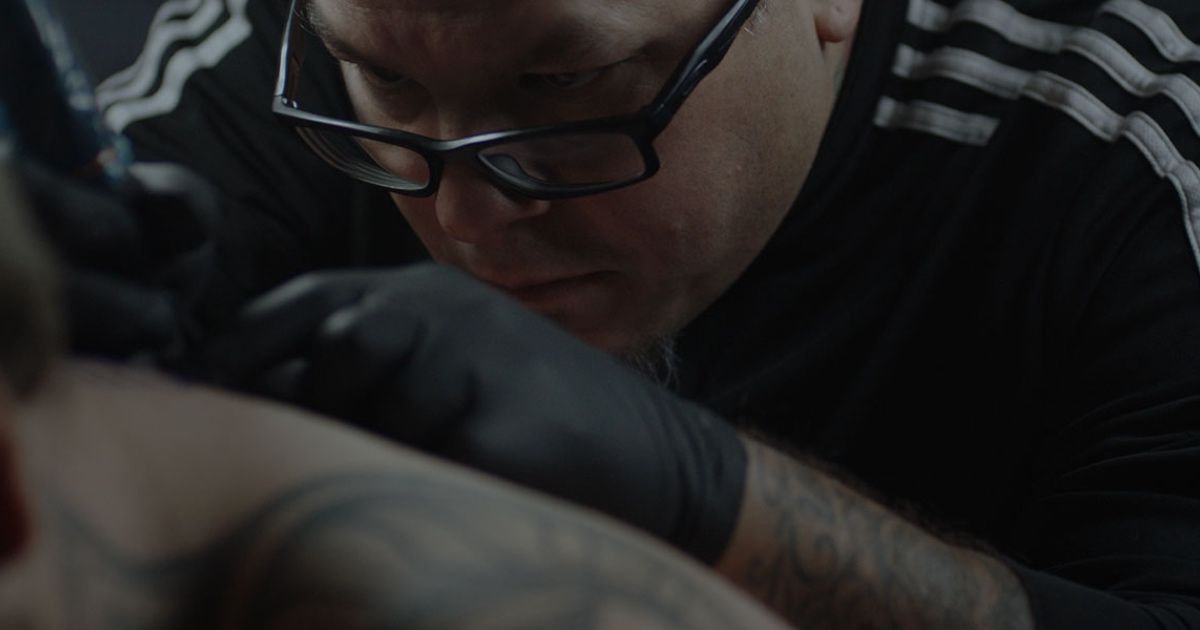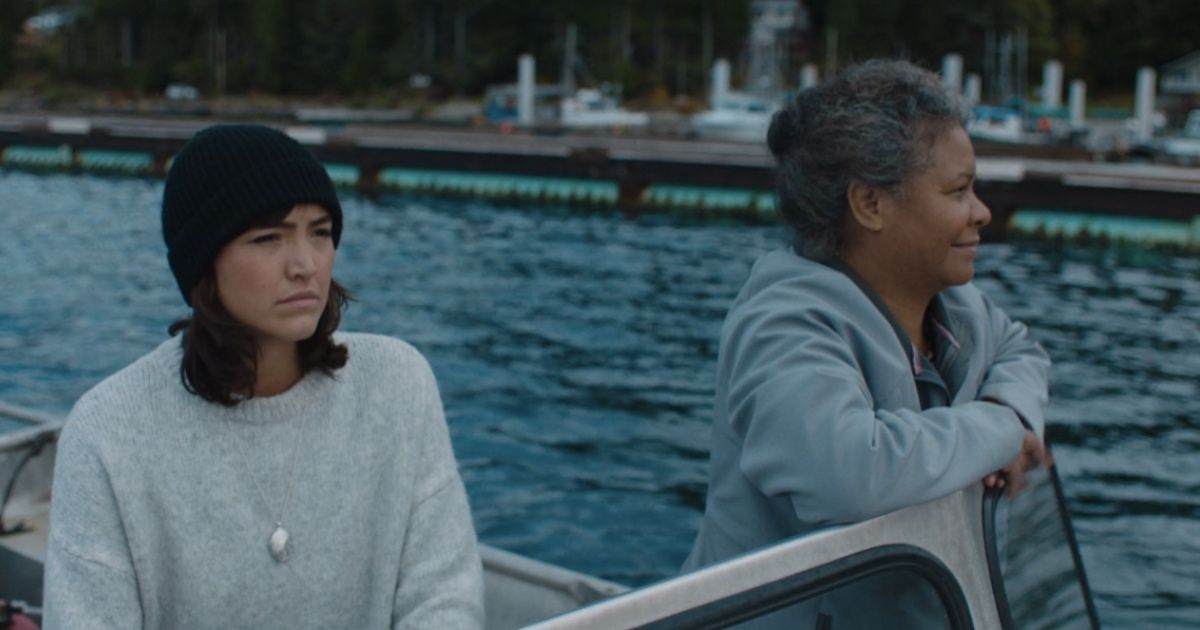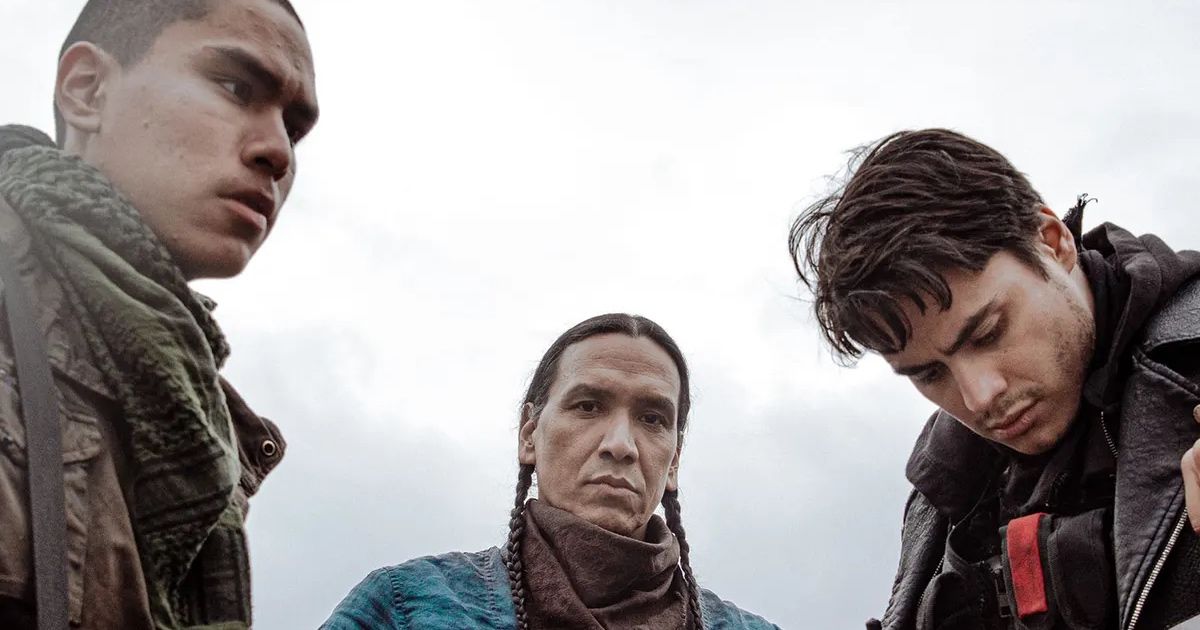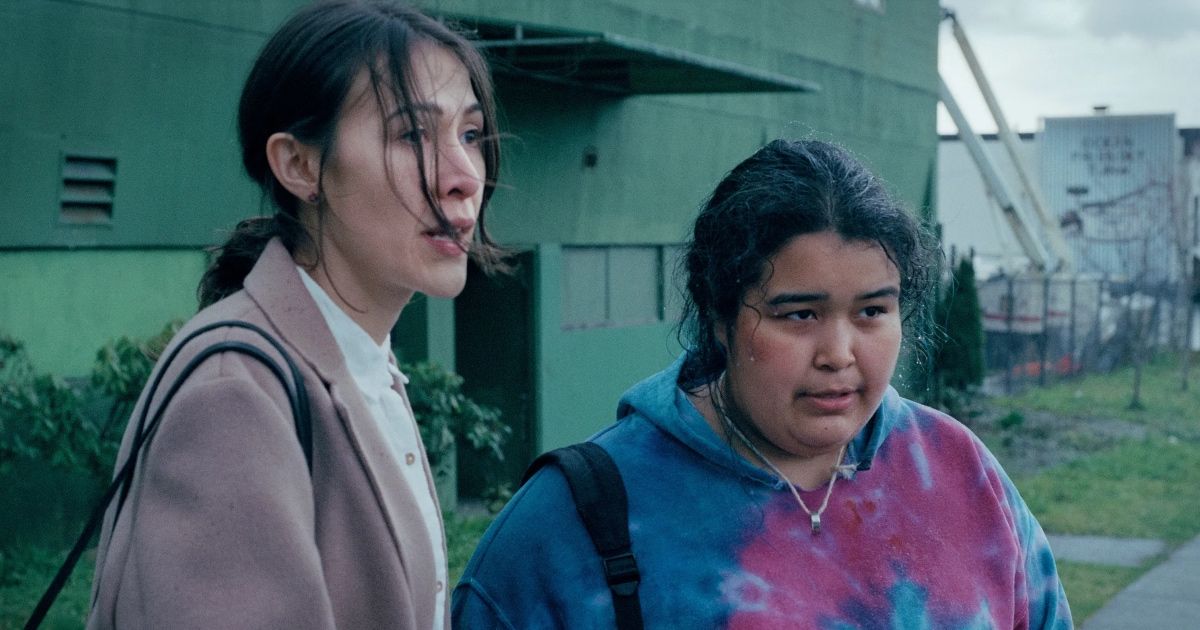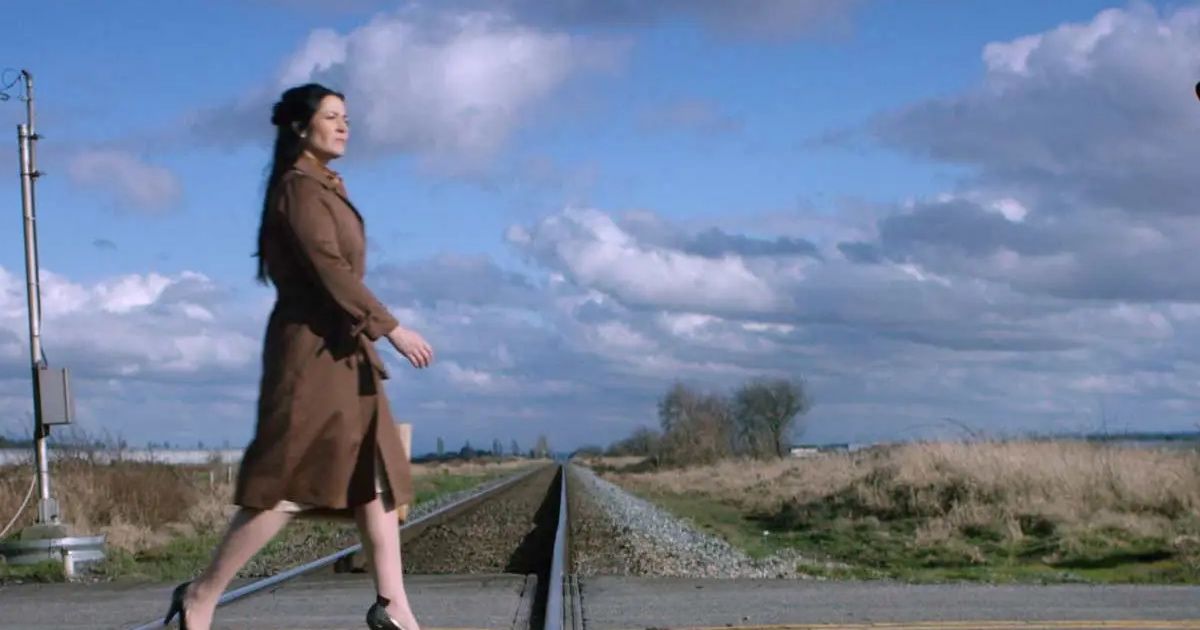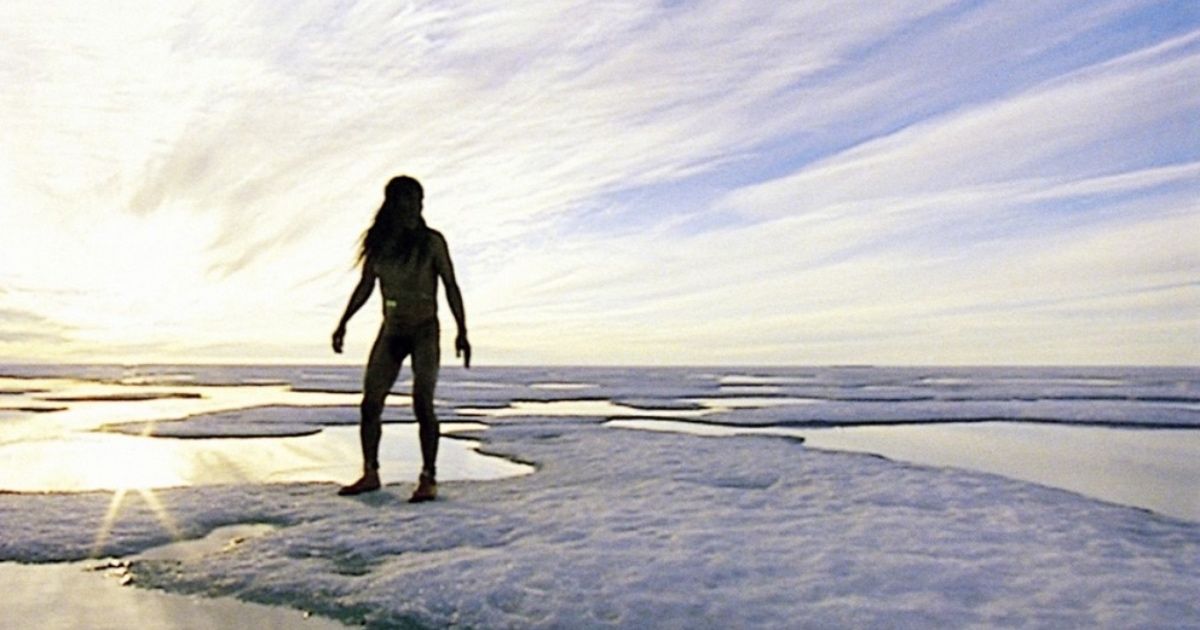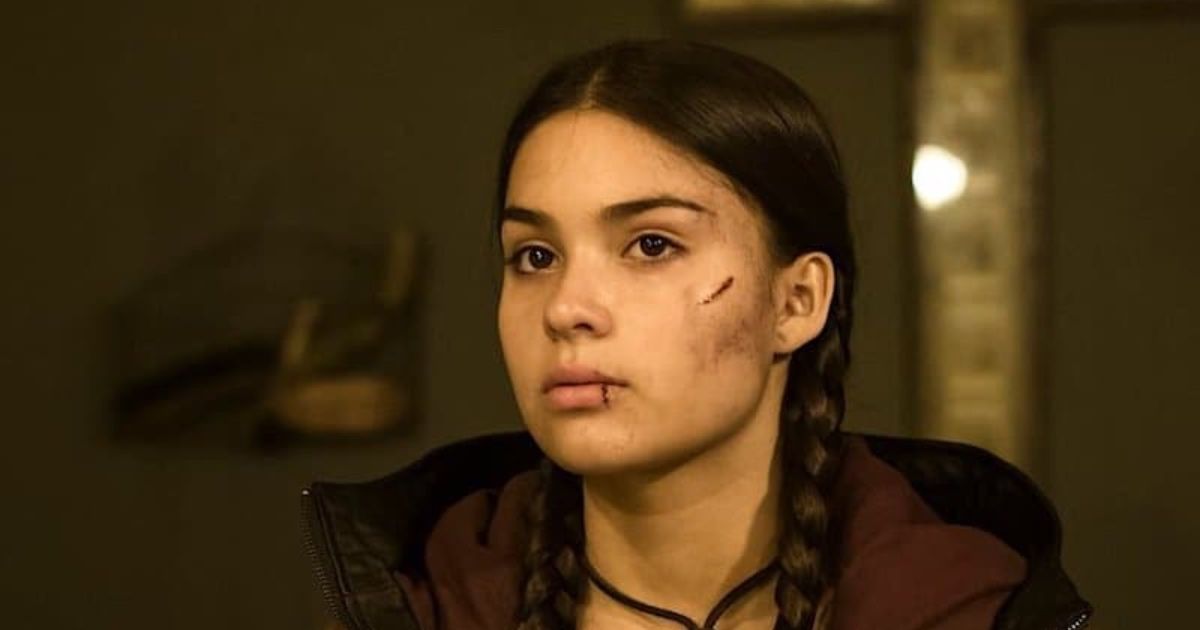Across the Americas, there is an alarming lack of representation for Native Americans and those indigenous to the region before settler contact. In Canada, where approximately 1.8 million Indigenous people make up 5% of the population, the entertainment industry fails to account for their perspectives and stories is becoming an increasing source of concern. First Nations, Inuit, and Metis were thriving communities before settler contact in what is presently known as Canada, and the brutality against them committed by the settler colonial system is still tragically being uncovered and rediscovered today.
It is vital to bring more Indigenous voices into the fold of the entertainment world to create a more accurate picture of what Canadian history and people have experienced. Media has been a proven source to create and combat biases against indigenous people. Like the United States, Canadian media, specifically films in the decades before now, have been rooted in harmful stereotypes that still manifest in people’s perceptions of what indigenous people are like and how they go about their daily lives. Film and television have the unique power to challenge others, and native filmmakers are rising to challenge and fight against the systems that locked their voices out previously. These are some of the best shows and movies by Indigenous Canadians.
12 Kanehsatake: 270 Years of Resistance
Kanehsatake: 270 Years of Resistance was released in 1993, and made a splash domestically with Canadian awards for documentaries in addition to international ones. Directed by Alanis Obomsawin, an Abenaki American Canadian, Kanehsatake documents the 1990 Oka Crisis, which was a land dispute between people belonging to the Mohawk tribe and a Quebec town called Oka. The town historically had been divided in its usage of the land, but in 1990 the local Mohawks were upset when traditional indigenous land was selected to be razed for development. The documentary seeks to untangle the narrative threads, especially as the media at the time was against the Mohawk’s dilemma.
11 Sgaawaay K’uuna (Edge of the Knife)
Released in 2018, Edge of the Knife is the first feature-length film utilizing the language of the Haida people of western Canada and Alaska; all the dialogue is exclusively spoken in Haida. This language is now endangered, making movies like these even more significant. Set in Haida Gwaii in British Columbia, the movie retells a beloved Haida story. After a nobleman in the 1800s causes the death of his friend’s son, he finds himself consumed by the grief and despair of what has happened. He then becomes the gaagiixiid, something deemed supernatural by the community, and now feels a different kind of hunger.
10 Call Me Human
The 2020 documentary Call Me Human takes on an unfamiliar subject for many, but familiar to others: the Innu poet Joséphine Bacon. Born in Pessamit, a First Nations community located in Quebec, she spent an early portion of her life in a residential school — a story that is not uncommon for many children of her background. The documentary outlines how she explores direct connections to the past, including elders, to see how memories of times long gone can be preserved. Through writing, she seeks to preserve the past and pave a new way for the youths to come.
9 Future History
A Canadian documentary series for television, Future History finds its home on the Aboriginal Peoples Television Network, also known as APTN. Its hosts are Sarain Fox and Kris Nahrgang, two Indigenous people who come from different backgrounds and generations. Future History seeks to reclaim indigenous histories and heritages from the depths of the narratives already in place about them. The show acknowledges the deep, rich diversity of indigenous peoples, philosophies, and thoughts, while also looking to a distant future that could be in front of everyone, but not as apparent.
8 This Ink Runs Deep
This Ink Runs Deep is a short documentary, but do not be fooled by its runtime of 16 minutes. The short focuses on tattoo artists of Indigenous ancestry seeking to reclaim the artistry that was lost among their tribes with colonization. Tattoos were an important part of many cultures before colonization, and efforts to reclaim this history and heritage have been underway in the past couple of years. This Ink Runs Deep sits down with several tattoo artists across Canada and the traditions that run within their tribes, offering different perspectives on customs.
7 Monkey Beach
Loretta Todd’s first feature, Monkey Beach, came out in 2020 as an adaptation of the indigenous author Eden Robinson’s 2000 novel of the same name. Its protagonist is Lisamarie, a Haisla tribe member living in British Columbia. She is coping with the sudden disappearance of her brother, and the circumstances behind his vanishing are not entirely clear. Monkey Beach was a massive success at the American Indian Film Festival in 2020, taking home several big awards from the ceremony, including Best Actress and Best Feature Film.
6 Beans
Tracey Deer, who came up with the documentary and television series Mohawk Girls, released the movie Beans in 2021. It features a young preteen named Tekehentahkhwa, affectionately known as “Beans,” and her life on a Mohawk reserve. Her family spots another family member protesting on television about Mohawk territory, specifically a cemetery, being breached upon by development projects, and life changes for them quite quickly. The family is put into a dire situation as the Indigenous people of the town protest and discover the consequences of rebelling against a settler colonial state.
5 Blood Quantum
A horror movie, Blood Quantum takes the concept of the zombie apocalypse and imagines what would happen if an outbreak occurred near a reserve. As the outside world succumbs to the zombies, the Indigenous residents on the reserve discover that because of the fact they are natives, they are immune. They cannot become zombies but can be eaten by them while still alive. The reservation then becomes a refuge for white people trying to flee the zombies, leading to an entirely new set of problems for the residents already living there.
4 The Body Remembers When the World Broke Open
The Body Remembers When the World Broke Open is a quiet movie, but one with a lot of impact and meaning tucked into its story. The 2019 movie was written and directed by Elle-Máijá Tailfeathers and Kathleen Hepburn; Tailfeathers also stars in one of the leading roles. She portrays Áila, a woman who brings in another girl suffering from an abusive relationship and is pregnant. Áila takes her home and the two begin to briefly live together as they sort out their circumstances. The Body Remembers When the World Broke Open is an indicator of class and the experiences of Indigenous women today.
3 The Road Forward
Released in 2017, The Road Forward was produced by the National Film Board of Canada and was directed by Marie Clements. The documentary traces key events in the struggle for Indigenous rights in Canada, which increasingly began to get more coverage and protests in the thirties. Several members of key organizations involved in the fight for their rights join on-camera to discuss their histories and the overarching historical context that led them to the streets. The Road Forward was initially made a piece of musical theater, but translates well into documentary form.
2 Atanarjuat: The Fast Runner
The 2001 movie Atanarjuat: The Fast Runner was the first movie to be directed, written, and spoken in Inuktitut, a language spoken by the Inuit people. This epic movie, recalls a legend from the Inuit people: the titular character has a coming-of-age story that leads him into a life as a warrior. Atanarjuat was directed by Zacharias Kunuk, an Inuit filmmaker, who took home the Camera d’Or at the Cannes Film Festival in 2001 and is now considered one of the greatest Canadian movies. The majority of the film’s crew, too, were Inuit.
1 Rhymes for Young Ghouls
Released in 2013, Rhymes for Young Ghouls sheds light on a tragic part of Canadian history: the residential schools many Indigenous children were forcibly taken to, having been separated from their parents in an attempt to cleanse their heritage. It is set on a fictional reservation, but while the story is fictional, much of what the characters experience is what people experienced. A teenager, Aila, takes over her father’s drug business and grows up too quickly for a girl her age. As a result, she plans revenge against the same people who wronged her tribe, exposing how the system, including boarding schools, sets youths up for a lifetime of trauma, abuse, and exploitation.

